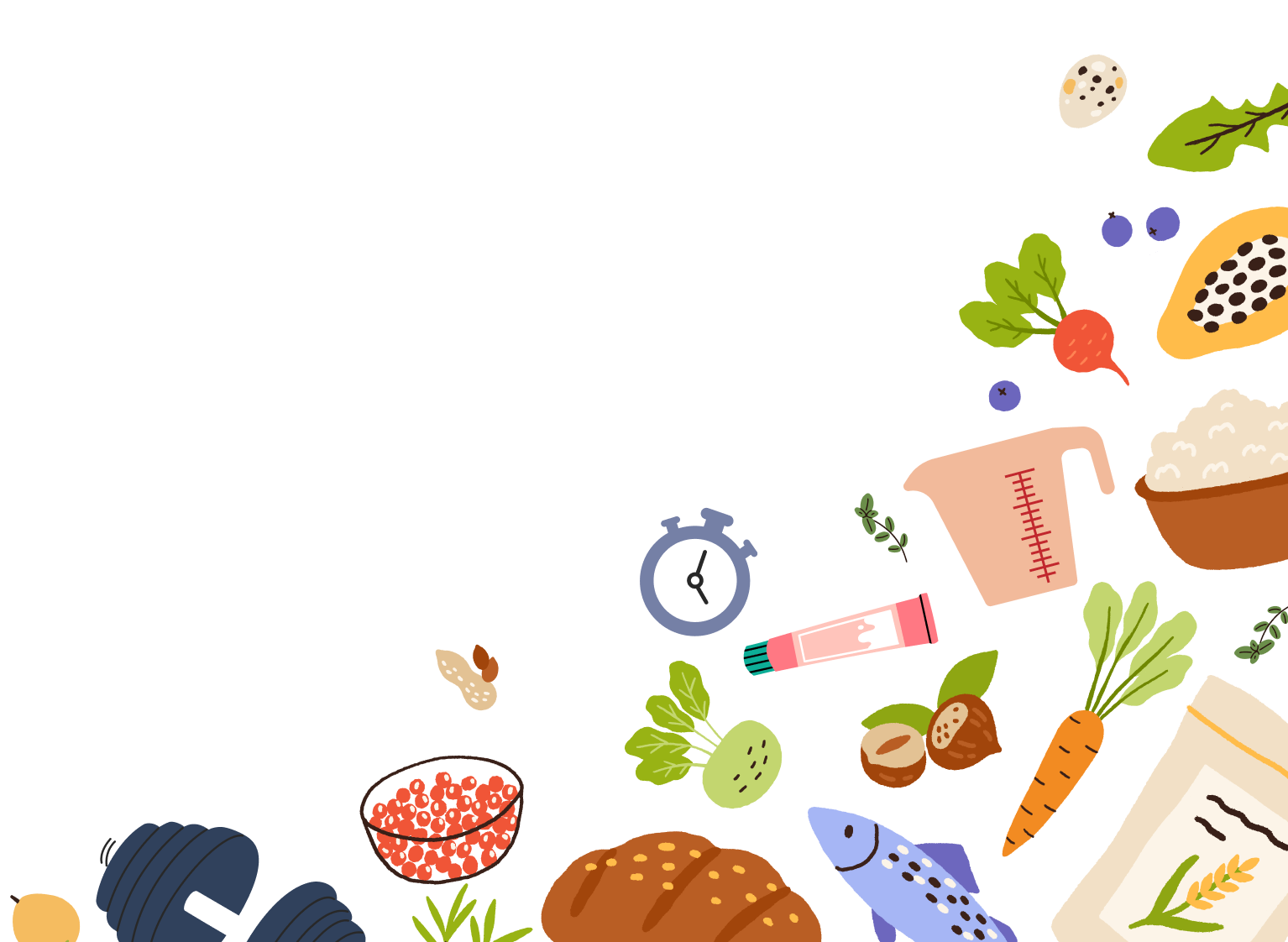Healthy Low FODMAP & Budget-Friendly Meals: Eat Well Without Overspending
Eating on a budget can feel challenging for anyone, but when you add a special diet like Low FODMAP into the mix, the grocery bill can climb quickly. Whether you’re managing IBS, avoiding certain ingredients, or navigating the recent changes in food assistance programs such as SNAP, eating well doesn’t have to mean spending more. With a few smart strategies, you can stretch your grocery dollars and still enjoy nourishing meals that fit your dietary needs.
1. Plan your meals around affordable staples
Meal planning is one of the simplest and most effective ways to stay within budget. Choose a few core ingredients each week that can be used in multiple meals. For those following a Low FODMAP diet, focus on foods such as rice, oats, potatoes, canned tuna, eggs, and firm tofu. These provide versatile, budget-friendly protein and carb sources that can be dressed up in different ways.
When planning, look for recipes that use similar ingredients so nothing goes to waste. For example, a bag of baby spinach can be used in omelets, pasta dishes, and smoothies throughout the week.
2. Buy in bulk when it makes sense
If storage space allows, buying in bulk can significantly lower your cost per serving. Dry goods like rice, oats, quinoa, and gluten-free pasta have long shelf lives and can be portioned out as needed. Buying larger containers of lactose-free milk, yogurt, or cheese can also be more cost-effective if your household uses them regularly.
If bulk stores aren’t an option, check discount retailers or warehouse clubs. Many now carry affordable options for special diets, including gluten-free or lactose-free staples.
3. Choose store brands and compare unit prices
Store brands have improved dramatically in both quality and variety, including many certified gluten-free or lactose-free products. When comparing prices, always check the unit cost listed on the shelf tag. This helps you see which option gives the best value per ounce or pound, especially when packaging sizes vary.
4. Prioritize whole foods over specialty items
It’s easy to be drawn to products labeled “Low FODMAP” or “gluten-free,” but specialty foods often come with higher price tags. Instead, center your meals around naturally Low FODMAP whole foods like fruits, vegetables, lean proteins, and whole grains. For example, oranges, strawberries, zucchini, and spinach are all budget-friendly options that support a balanced diet without added cost.
If you enjoy convenience foods, choose one or two items per week rather than replacing everything with specialty versions.
5. Shop the sales and use digital coupons
Most grocery stores rotate sales every week, so check flyers and apps before heading out. Plan your meals around sale items, especially for proteins and produce. Many store loyalty programs also offer extra discounts or digital coupons on items you already buy.
6. Freeze and repurpose leftovers
Reducing food waste is one of the most underrated ways to save money. Freeze leftovers in single-serving containers for quick meals later, or transform them into something new. Leftover roasted vegetables can become a frittata, while extra rice can be used for a stir-fry. Keeping your freezer organized helps you see what you already have before making another grocery run.
7. Use community resources when needed
If you’re facing food insecurity, remember there’s no shame in seeking help. Many food banks and community centers now offer options for those with dietary restrictions. Look for local programs that provide produce boxes, pantry staples, or vouchers for farmers' markets. Some health departments and nonprofits also run classes on cooking affordable meals for special diets.
Here are a few organizations and programs to explore if you or someone you know needs assistance:
-
Lasagna Love: A volunteer-led organization that delivers free, home-cooked meals (not just lasagnas) to families in need of a little extra support.
-
Feeding America: The largest hunger-relief network in the U.S., connecting people to local food banks and community pantries.
-
Meals on Wheels: Provides nutritious meals to homebound older adults and those with disabilities who may have limited access to food.
-
The USDA National Hunger Hotline: Offers information on nearby food pantries, meal sites, and government programs; call 1-866-3-HUNGRY for assistance.
-
FoodFinder: A national nonprofit whose website and app act as food pantry locators. Its interactive map shows where to find free food assistance programs in your area, helping families quickly connect with local support.






















Comments
Join The Conversation...